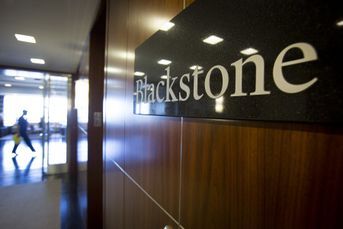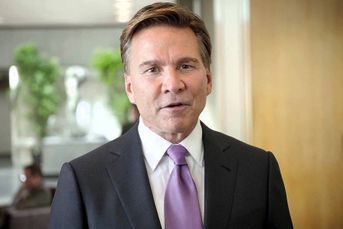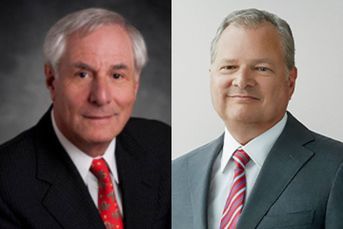At LPL Financial, advisory assets are far sweeter than brokerage

An LPL presentation on the return on various types of assets shows the age of advisory assets and fees has arrived in the broad financial advice industry.
The retail brokerage industry for decades has preached the efficacy of the shift from brokerage assets to advisory assets.
The accepted wisdom is that such a change is better for both the broker-dealer, which generates an annual fee from advisory assets, and the consumer, who isn’t being banged over the head with commissions on trades. The shift also removes the potential for any conflict of interest for the broker or registered rep, who generates commissions per transaction.
The retail financial advice industry has tussled repeatedly with this dichotomy of brokerage and advisory assets, most recently and notably in the fight over the Department of Labor’s fiduciary standard rule, which the brokerage industry loathed. It would have been expensive to implement, and was eventually killed under the Trump administration and replaced eventually with Regulation Best Interest. The Reg BI standard of conduct rule prohibits brokers from putting their interests, such as maximizing compensation, ahead of their customers’ interests, such as getting the best return on their investments.
The broker-dealer industry likes Reg BI because it give firms and reps leeway to sell and recommend both types of products and assets: brokerage products for a commission and advisory products with a fee.
(I would personally argue that the pressing issue facing the financial advice industry is not whether a firm or a financial adviser charges clients fees or a commission. It’s the opaque disclosure system that prevents clients from actually knowing how much they pay each year for advice that needs reform.)
That brings us to what this push and pull between brokerage and advisory assets means at brokerage firms right now. One answer is profitability.
At LPL Financial, an industry bellwether with 21,000 financial advisers on its platform, advisory assets are more profitable than brokerage, a clear shift from a decade ago, when broker-dealers relied heavily on commission products like variable annuities and nontraded real estate investment trusts to boost their bottom line.
[Recommended article to read: LPL financial vs fidelity: LPL follows the money]
Last week at the Goldman Sachs 2022 U.S. Financial Services Conference in New York, LPL’s presentation noted that “assets are shifting from brokerage to advisory, consistent with industry trends, as end-clients seek greater levels of support from advisers,” and added that the return on assets for advisory is about 10 basis points higher than brokerage. According to the firm, a 2% shift in assets to advisory translates into about $13 million in annual gross profit.
LPL has more than $1 trillion in client assets, according to the presentation, which it divides between advisory, at $543 billion, and brokerage, at $496 billion.
Without a doubt, the age of advisory assets and fees rather than commissions has arrived in the broad financial advice industry.
‘IN the Nasdaq’ with Justin Burgin, director of equity research at Ameriprise
Learn more about reprints and licensing for this article.








